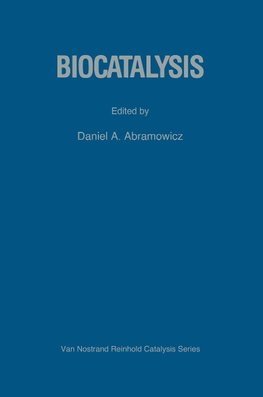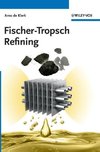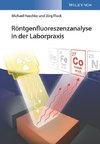
-
 Anglický jazyk
Anglický jazyk
Biocatalysis
Autor: D. A. Abramowicz
The action of enzymes fascinated mankind long before they were rec ognized for the complex chemicals that they are. The first application of these remarkable compounds to produce ethanol by fermentation is lost to antiquity. Payer and Persoz (Ann. Chim.... Viac o knihe
Na objednávku
49.49 €
bežná cena: 54.99 €
O knihe
The action of enzymes fascinated mankind long before they were rec ognized for the complex chemicals that they are. The first application of these remarkable compounds to produce ethanol by fermentation is lost to antiquity. Payer and Persoz (Ann. Chim. Phys. , 53, 73 (1833ii)) appear to have provided the first step toward understanding this com plex area when they reported the isolation of diastase in 1833. These workers showed that diastase could catalyze the hydrolysis of starches to sugars. Somewhat earlier Kirchhoff (Schwigger's Journal, 4, 108 (1812)) had shown that a small amount of dilute acid could hydrolyze a seemingly endless amount of starch to sugars. The genius of Berzelius recognized the commonality of these two observations in connection with a few other isolated observations and in 1834 coined the term catalysis to describe such actions. Professor Leibig was one of the giants of the chemical world in 1840. In addition to his own work, Liebig was training the world's next generation of chemists in his laboratory in Giessen. This cadre of chemists were very impressed by the master teacher so that is it only natural that Liebig's views should dominate with this next generation of chemists. Leibig was, in the 1830s and 1840s, developing his mastery of agricultural chemistry. The mechanism of putrefication was of great concern to Leibig, and he turned to the newly defined area of catalysis for an explanation.
- Vydavateľstvo: Springer Netherlands
- Rok vydania: 2012
- Formát: Paperback
- Rozmer: 229 x 152 mm
- Jazyk: Anglický jazyk
- ISBN: 9789401091268



 Nemecký jazyk
Nemecký jazyk 








